In the breathtaking landscape of Sri Lanka’s Central Province, near the town of Dambulla, lies a mesmerizing UNESCO World Heritage Site that has captivated travelers for centuries – Sigiriya, also known as Sinhagiri. This ancient rock fortress is a testament to the rich historical past of the island and offers a fascinating glimpse into the ingenuity and grandeur of its bygone era.
The roots of human habitation in the Sigiriya region can be traced back to prehistoric times. The numerous rock shelters and caves surrounding the area have provided evidence of Buddhist monks and ascetics seeking solace as early as the 3rd century BCE. Aligala, an ancient rock shelter located to the east of Sigiriya rock, reveals signs of occupation nearly five thousand years ago during the Mesolithic Period. These early inhabitants laid the foundation for the cultural and spiritual significance that Sigiriya would come to embody.
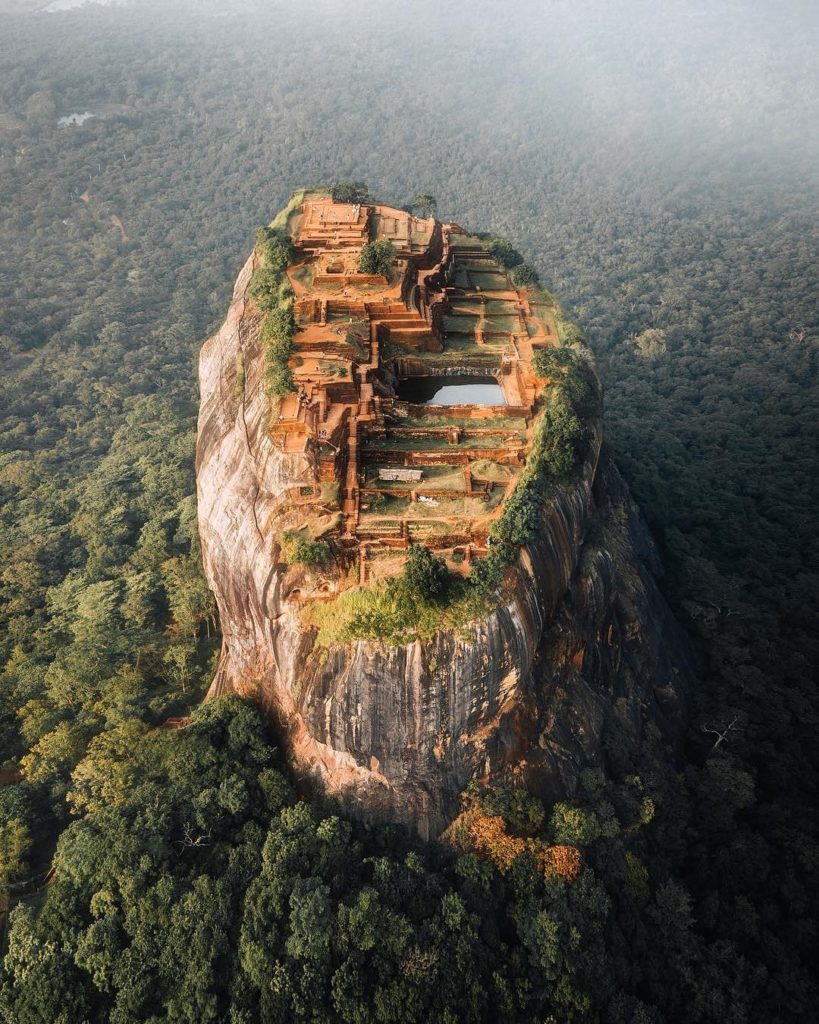
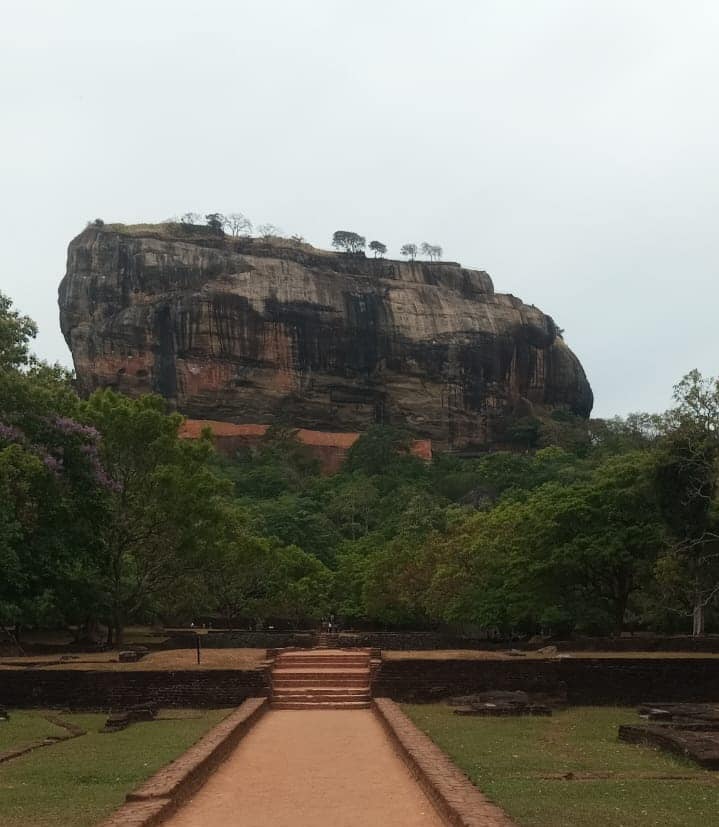
During the 3rd century BCE, Buddhist monastic settlements flourished on the western and northern slopes of the rocky hills enveloping Sigiriya. The ingenious monks created rock shelters and caves beneath massive boulders, carving intricate drip ledges around the cave entrances. To commemorate the donation of these shelters to the Buddhist monastic order, rock inscriptions were delicately etched near the drip ledges. These inscriptions, dating from the 3rd century BCE to the 1st century CE, provide valuable insights into the historical context of Sigiriya.
The most renowned chapter in Sigiriya’s history began in 477 CE when Kashyapa I, the son of King Dhatusena, staged a coup d’état with the assistance of Migara, the king’s nephew and army commander. Fearing retribution from the rightful heir to the throne, Moggallana, Kashyapa relocated the capital from Anuradhapura to the more defensible Sigiriya. Under Kashyapa’s rule (477-495 CE), Sigiriya underwent a remarkable transformation into a sophisticated city and fortress.
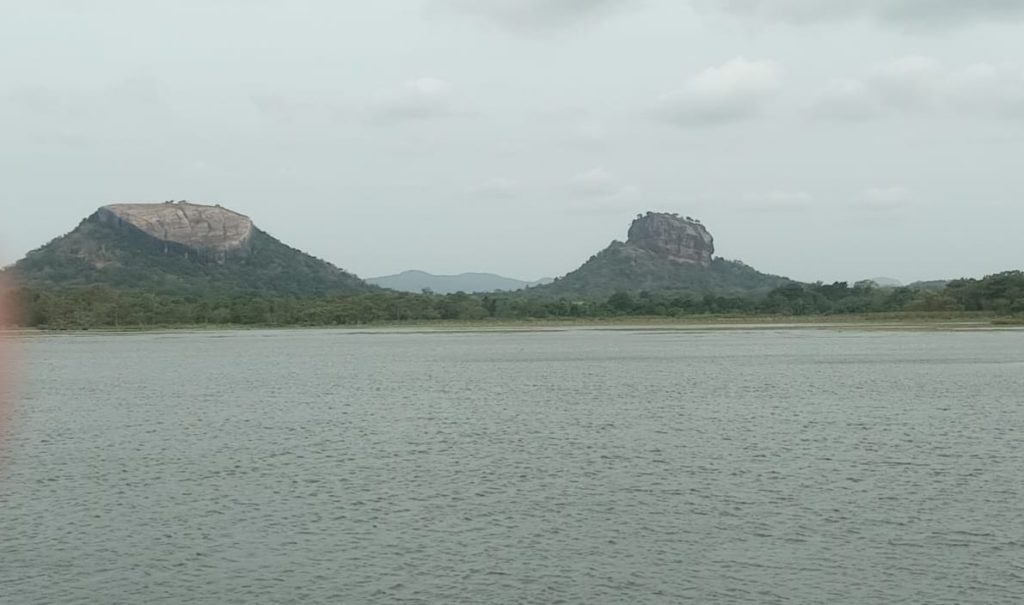
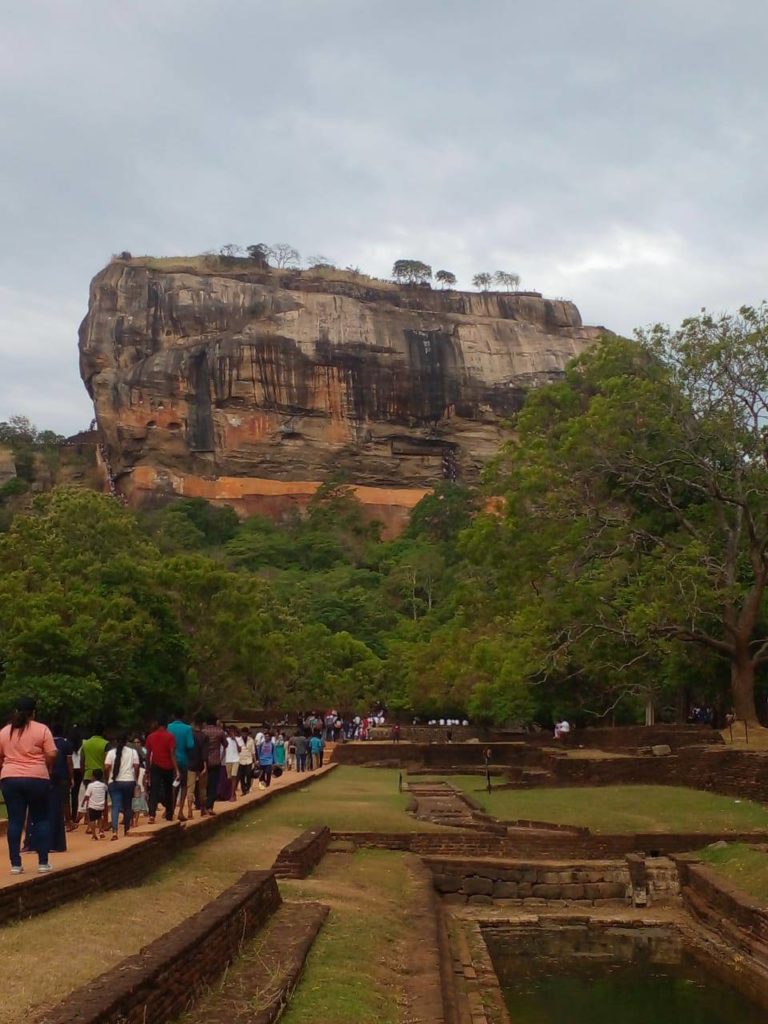
During this period, elaborate constructions emerged atop the summit and its surroundings, including defensive structures, palaces, and gardens. The summit of Sigiriya was adorned with a breathtaking palace complex that showcased the architectural brilliance of the time. Lavish frescoes adorned the walls, depicting celestial maidens known as the “Sigiriya Damsels.” Though time has worn away many of these frescoes, the surviving fragments still offer a glimpse into the artistic mastery of the ancient inhabitants.
One of the most iconic features of Sigiriya is the monumental Lion Rock, or “Sinhagiri” in the local language, which lends its name to the fortress. A colossal lion statue once guarded the entrance to the palace complex, serving as a symbol of power and protection. Though only the massive lion paws remain today, ascending the steep staircases leading to the summit is an exhilarating journey that immerses visitors in the historical ambiance of the fortress.
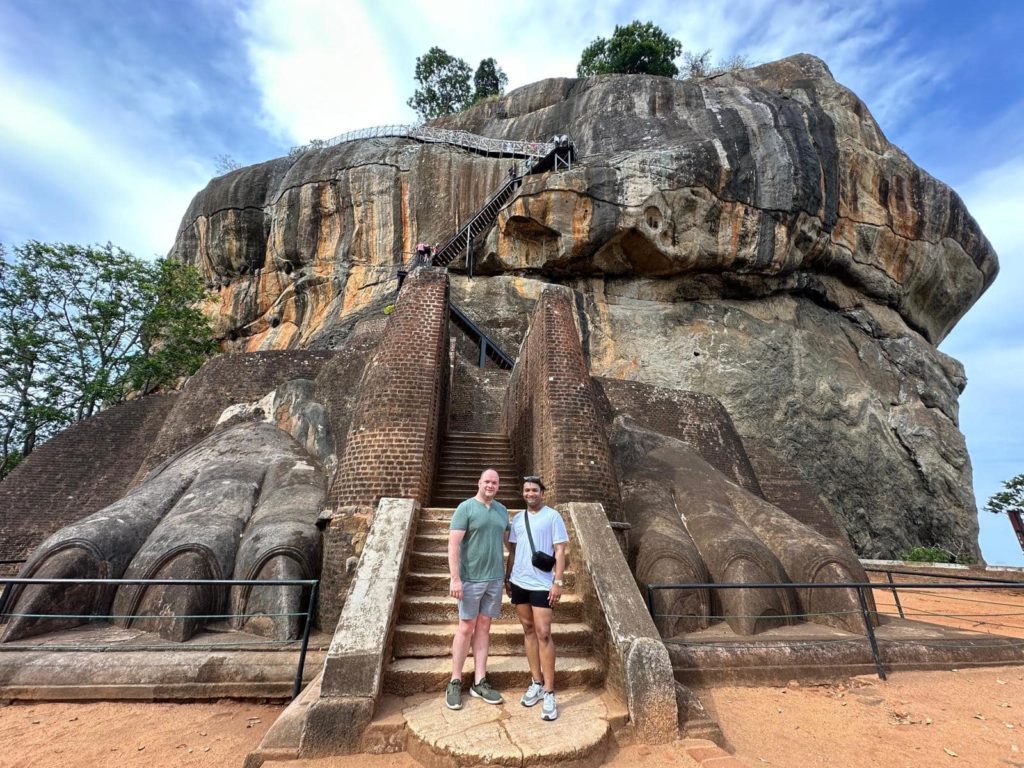
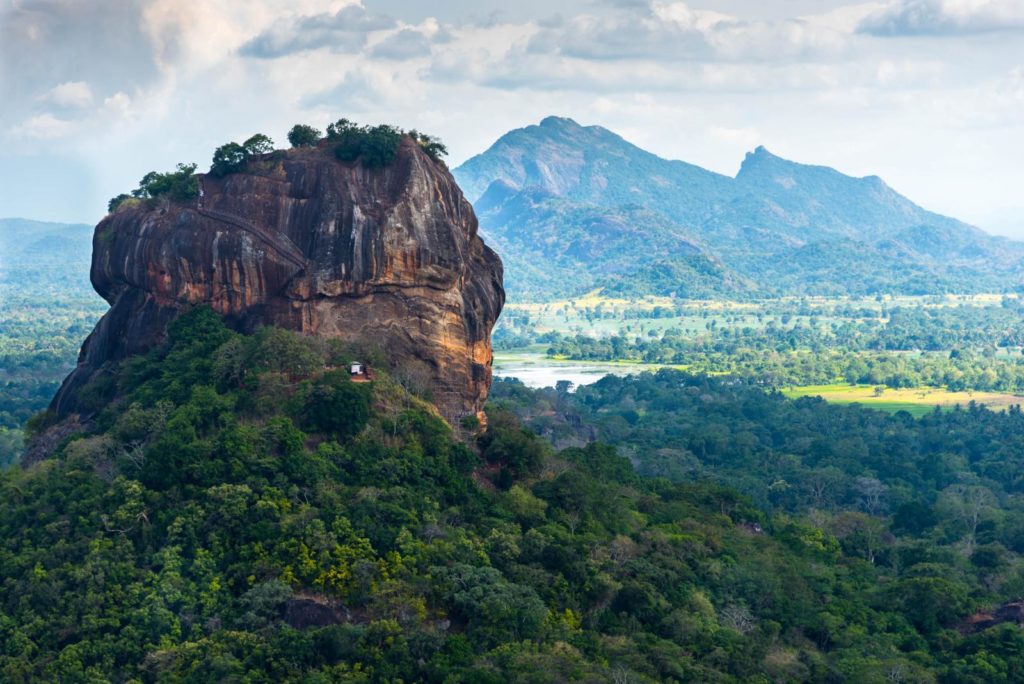
As you ascend Sigiriya, the panoramic vistas that unfold before you are simply awe-inspiring. The lush greenery of the surrounding countryside stretches as far as the eye can see, interspersed with shimmering lakes and ancient ruins. The meticulously designed water gardens at the base of the rock, adorned with fountains and water channels, provide a serene retreat that transports visitors back in time.
Sigiriya is a testament to the ingenuity and creativity of its ancient builders. The fortress was not only a stronghold but also a well-planned city with advanced infrastructure. Sophisticated irrigation systems, such as the famous Sigiriya Water Gardens, demonstrate the mastery of hydraulic engineering during that era. The ingenious engineers harnessed the natural water sources, redirecting them to create a network of interconnected pools and moats that enhanced both the defensive capabilities and aesthetic appeal of Sigiriya.
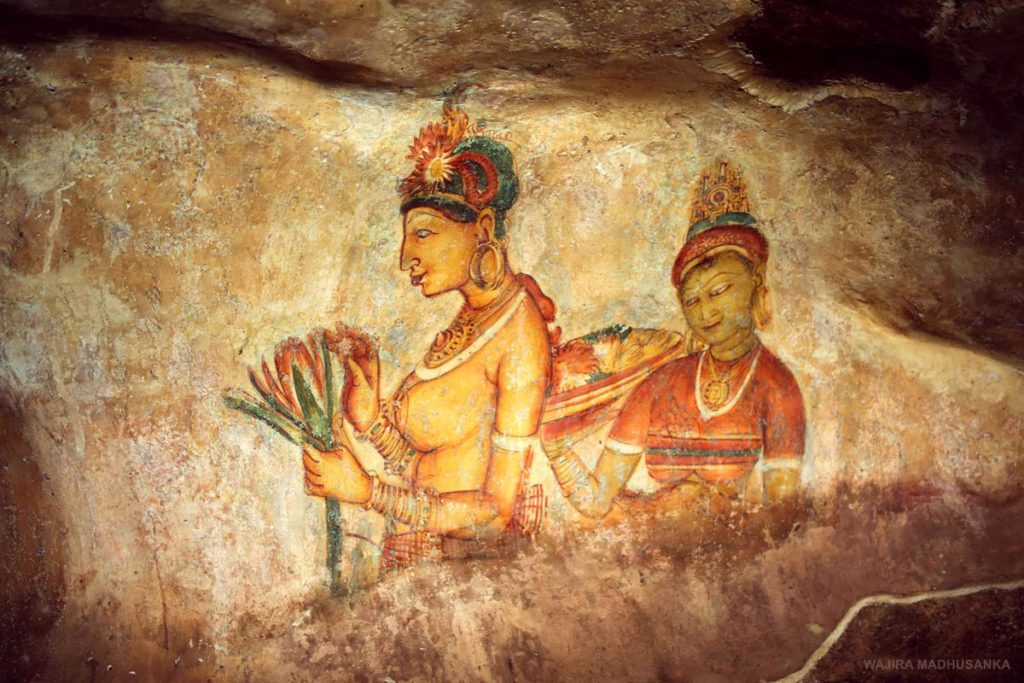
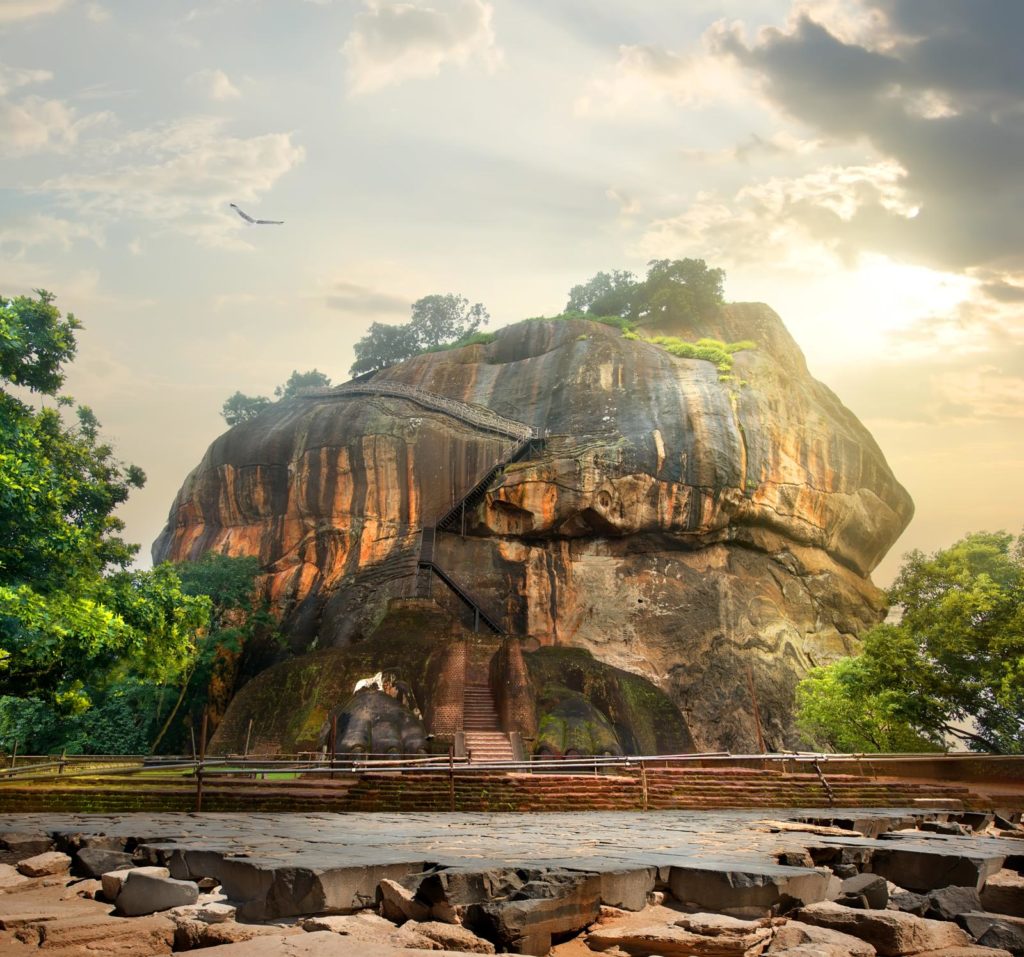
Visiting Sigiriya today is an unforgettable experience that takes you on a journey through Sri Lanka‘s remarkable history. The site’s awe-inspiring architecture, stunning frescoes, and breathtaking views make it a must-visit destination for travelers seeking to immerse themselves in the island’s cultural heritage. As you explore this ancient rock fortress, allow yourself to be transported back in time and marvel at the ingenuity and grandeur that once graced these hallowed grounds.

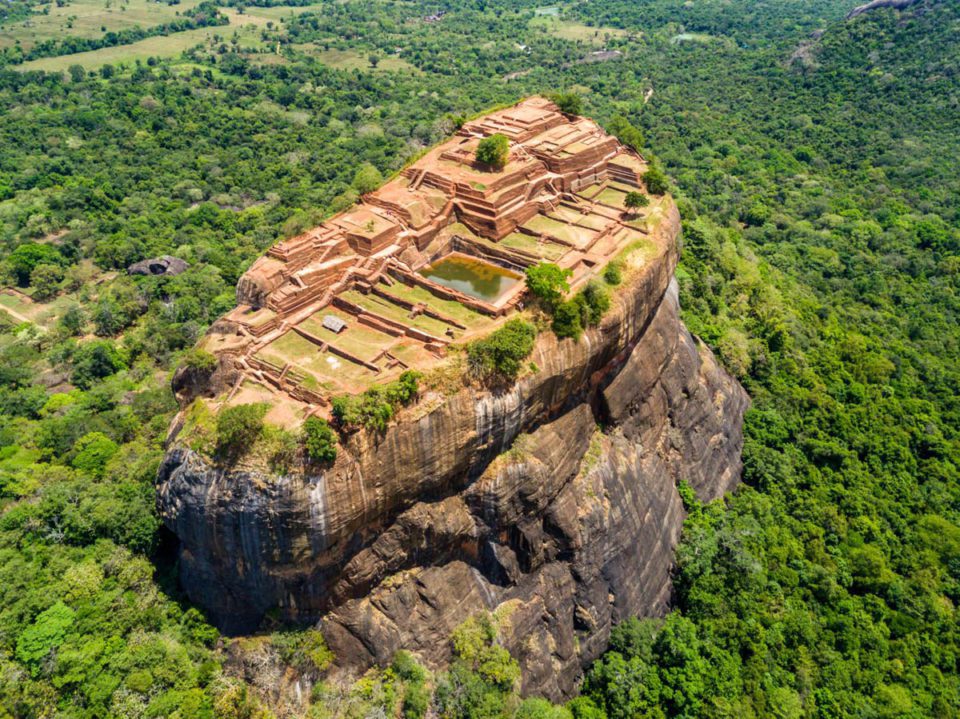
1 comment
Some genuinely select blog posts on this site, saved to fav.